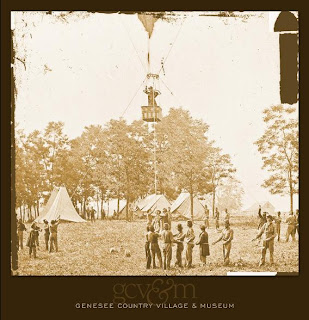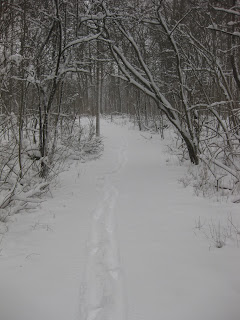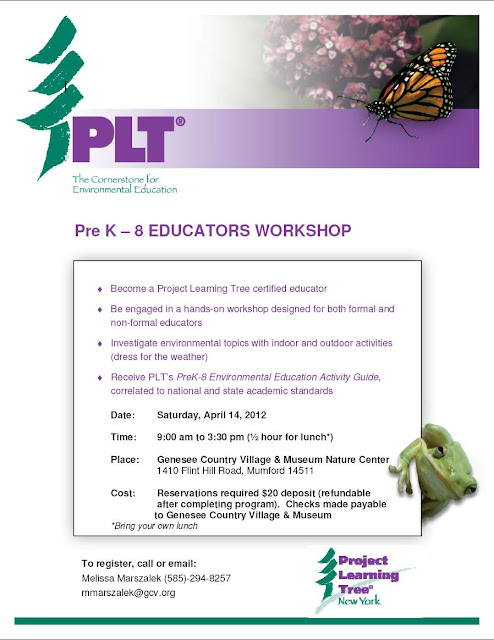“In looking back over the events of the two years which I spent in the army, I see so much worthy of record that I scarcely know where to stop.
A most thrilling incident occurs to mind at this moment in connection with Professor Lowe and his balloon , which I must relate before closing. It took place while McClellan’s army was in front of Yorktown.
General Fitz John Porter having been in the habit of making frequent ascension in company with Professor Lowe, learned to go aloft alone.
One morning he stepped into the car and ordered the cable to be let out with all speed. We saw with surprise that the flurried assistants were sending up the great straining canvas with a single rope attached. The enormous bag was only partially inflated, and the loose folds opened and shut with a sharp report like that of a pistol. Noisily, fitfully, the great yellow mass rose toward the sky, the basket rocking like a feather in the breeze. Presently a sound came like a feather in the breeze. Presently a sound came from overhead like the explosion of a shell – the cable had snapped asunder, and the balloon was adrift.
All eyes were turned toward the receding car, where General Porter sat in his aerial castle, being borne heavenward as fast as if on eagle wings without the power to check or guide his upward flight.
The whole army agitated by this unwonted occurrence, and the rebel army evidently partook in the general excitement.
Lowe’s voice could be heard above the confusion and tumult shouting to the soaring hero – “Open-the-valve! Climb-to-the-netting-and-reach-the valve-rope!”
“The valve-the valve!” repeated a multitude of voices, but all in vain, for it was impossible to make him hear.
Soon the signal corps began to operate, and at last the general was made to understand by signals when it was impossible to reach him by the human voice.
He appeared directly over the edge of the car, and then clambered up the netting and reached for the cord, but he was so far above us then he looked no bigger than a great black spider.
It was a weird spectacle – that frail, fading object floating in the azure sky, with the miniature boat swinging silently beneath, looking no bigger than a humming-bird’s nest; and a hundred thousand brave hearts beneath beating with the wildest excitement and warmest sympathy, yet powerless to render the least assistance to their exalted brother-in-arms.
“Had the general been floating down the rapids of the Niagara he could not have been farther from human assistance.”
We at length saw him descend from the netting and reappear over the edge of the basket, and he seemed to be motioning to the breathless crowd below the story of his failure.
Soon after the balloon began slowly to descend, and when we next saw him it was with spyglass in hand, reconnoitering the rebel works. Shouts of joy and laughter went up from the long lines of spectators as this cool procedure was observed.
 For a moment it seemed doubtful in which direction the balloon would float; it faltered like an irresolute being, and at length moved reluctantly toward Fortress Monroe. Bursting cheers half uttered, quivered on every lip. All eyes glistened and many were dim with tears. But the wayward canvas now turned due west, and was blown rapidly toward the confederate works.
For a moment it seemed doubtful in which direction the balloon would float; it faltered like an irresolute being, and at length moved reluctantly toward Fortress Monroe. Bursting cheers half uttered, quivered on every lip. All eyes glistened and many were dim with tears. But the wayward canvas now turned due west, and was blown rapidly toward the confederate works.
Its course was fitfully direct, and the wind seemed to veer often, as if contrary currents, conscious of the opportunity, were struggling for the possession of the daring navigator.
The south wind held the mastery for awhile, and the balloon passed the Federal front amid groans of despair from the soldiers. It kept right on, over sharpshooters, rifle-pits, etc, until it stood directly over the rebel fortifications at Yorktown. The cool courage, either of heroism or despair, seemed to seize the general, for turning his tremendous glass upon the ramparts and masked batteries below, he viewed the remote camps, the beleaguered town, the guns of Gloucester Point, and distant Norfolk. Had he been reconnoitering from a secure perch on the top of the moon he could not have been more vigilant; and the Confederates probably thought this some Yankee device to peer into their sanctum in spite of ball or shell. None of their large guns could be brought to bear upon the balloon, but there were some discharges of musketry, which seemed to have no effect whatever, and finally even these demonstrations ceased.
Both armies were gazing aloft in breathless suspense, while the deliberate general continued to spy out the land.
Suddenly another change of position, and the air craft plunged and tacked about, and steered rapidly for the Federal lines again. Making a desperate effort to catch the valve-rope, the general at length succeeded, and giving it a jerk, the balloon came suddenly to the ground; fortunately, however, it stuck a tent as it descended, which perhaps saved the general from any serious injuries from the fall.
By the time the crowd had reached the spot, Porter had disentangled himself from the folds of oiled canvas, and was ready to greet his anxious friends; and amid hearty congratulations and vociferous cheers, he was escorted to his quarters."

























